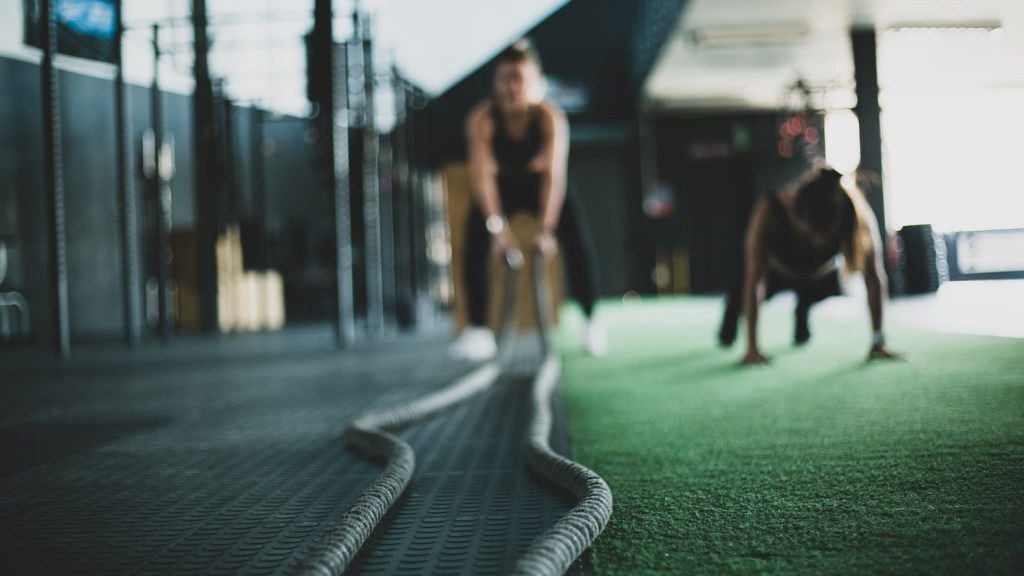One of the most pursued aesthetic goals in the world of fitness is to have visible abs and with a low-fat percentage. The unknown is what we must do to get it.
In this article, we explain how your training and diet should be to achieve the goal of having defined abs.
How should I guide my training to have visible abs?
About the training, there is little to say. In the majority of the population, the direct training of the muscles that make up the core and in particular the abdominal rectum (six-pack), is not necessary for it to look visible, in fact, we could say that it is practically useless.
If you already have a low-fat percentage (less than 15% in men and less than 22% in women) it is rare that your abs do not start to draw.
Be that as it may, the approach that must be made of the training of these muscles should not differ too much between aesthetic and performance objectives since one thing is not at odds with the other. In this way, it is advisable to think of ” core ” and not things like “lower or upper abs. ”
Thus, the ideal training approach for the core is to execute anti-movement exercises, that is, exercises that cause a disturbance in our spine which we must counteract with this musculature. However, if we want to add some additional metabolic stress work to our abdominal rectum, we can add a few series of well-performed crunches, that is, keeping a neutral pelvis and lumbar spine.
How should I guide my diet to decrease the percentage of fat in my abs?
As for the diet, it is imperative to follow a hypocaloric diet, that is, a diet in which the total daily calorie intake is less than our caloric expenditure.
To estimate our approximate caloric expenditure there are calculators such as Harris-Benedict, the most used, or Katch-McArdle. These calculators estimate our basal metabolism and daily caloric expenditure according to our activity level.
Once our maintenance calories are known, that is, those we must consume to meet our needs and maintain our body weight, we must create a caloric deficit of about 300-500 kilocalories.
Finally, once the target calories have been established, we must distribute them among the three macronutrients: proteins, fats, and carbohydrates. For this the simplest thing is to do it as follows:
Protein
When we seek to lose fat and maintain the maximum amount of muscle mass possible, the idea is to move between 2 and 2.5 grams of protein per kilo of weight. So, for a person of 70 kilos, we would be talking about between 140 grams and 175 grams of protein daily.
When distributing this protein at each meal, we must do so by ensuring 0.4-0.55 grams of protein per kilo of weight per meal.
Fat
As for fats, we can move between 0.8 and 1.2 grams per kilo of weight, although this range can be extended up to 0.5 grams in concrete protocols and not very durable or above 1.2 depending on personal preferences.
In women, it is preferable to move towards the upper end of the range.
Carbohydrates
Finally, the rest of the calories are destined for carbohydrates. In this way, we will generally be moving between 3 and 5 grams of carbohydrates per kilo of weight.

